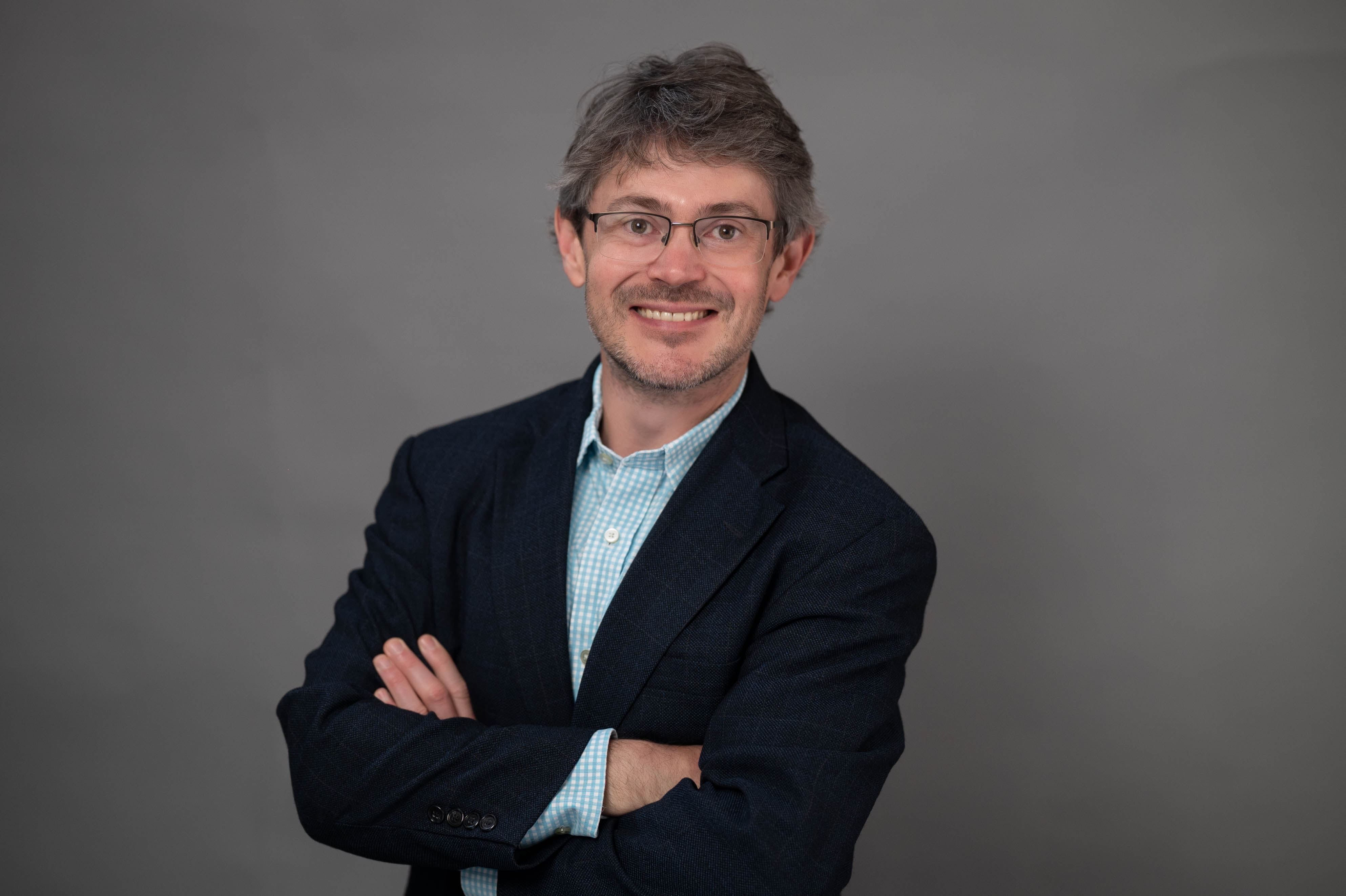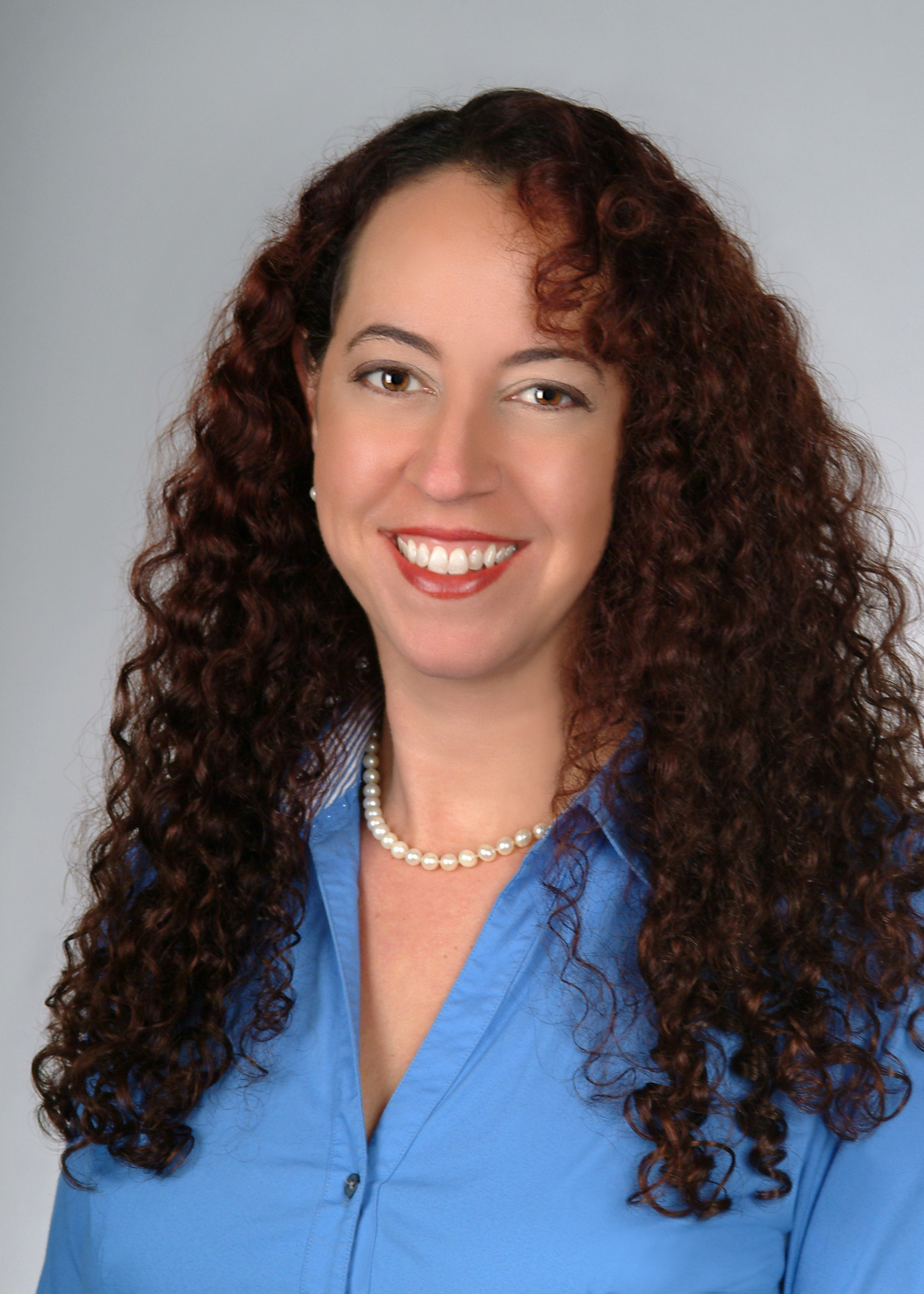Healing / Resilience
(PS10-46) Examining Psychopathology and Posttraumatic Growth in a Nationally Representative Sample of Bereaved Individuals
- JP
Jeffrey M. Pavlacic, Ph.D.
Postdoctoral Fellow
Medical University of South Carolina
Johns Island, South Carolina, United States - JB
Jamison Bottomley, Ph.D.
Assistant Professor
Medical University of South Carolina
Charleston, South Carolina, United States 
Joah Williams, Ph.D.
Assistant Professor
University of Memphis
Memphis, Tennessee, United States
Alyssa A. Rheingold, Ph.D.
Professor
Medical University of South Carolina
Charleston, South Carolina, United States
Author(s)
Co-Author(s)
Loss of a loved one leads to variable psychological responses (Bonanno et al., 2008), yet individuals who have experienced loss are relatively understudied relative to other potentially traumatic events (Gerrish et al., 2009; McClatchey, 2018; Michael & Cooper, 2013). While most individuals do not incur long-term psychological difficulties following such losses (Galatzer-Levy et al., 2018), a substantial number do (Bonanno & Malgaroli, 2020). Understanding psychosocial factors predicting psychological growth in individuals who have lost loved ones and understanding psychopathology and mental health outcomes across different types of loss could inform clinical interventions and broaden the knowledge base of relevant psychosocial predictors and psychological outcomes in this population. Using a nationally representative sample of bereaved individuals, we examined relationships between psychosocial variables and posttraumatic growth (PTG), namely posttraumatic stress, suicidality, social support, and discrimination across individuals (N = 2034) losing someone to natural loss (e.g., cancer; n = 514) and traumatic loss (e.g., homicide; suicide; fatal overdose; n = 1015). We also included a control group of individuals not reporting loss (n = 505) to use as a comparison group and examine group differences in psychological and growth-oriented outcomes. In multiple regression models across each subsample, social support, posttraumatic stress, and suicidality consistently predicted PTG. Higher levels of social support and higher posttraumatic stress significantly and positively predicted greater levels of PTG, while higher levels of suicidality predicted lower PTG. For the traumatic loss group, psychopathology was generally higher relative to natural and control conditions. There were no significant group differences in PTG. In examining group differences across specific types of traumatic loss (i.e., homicide; suicide; fatal overdose), individuals reporting homicide loss had higher PTG and posttraumatic stress relative to suicide loss. Those reporting suicide loss described less depression compared to those reporting fatal overdose loss. Findings highlight the importance of considering differences in psychological functioning and the role of psychosocial factors in predicting PTG across loss types. Results inform clinical interventions for bereaved individuals and add to our knowledge base in the areas of psychosocial predictors of psychopathology and psychological growth across different types of loss in a nationally representative sample. While the cross-sectional design limits conclusions drawn, these results provide data regarding unique experiences of individuals experiencing different types of loss and inform intervention efforts seeking to expand the applicability of cognitive-behavioral interventions to an understudied population.

.png)
